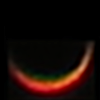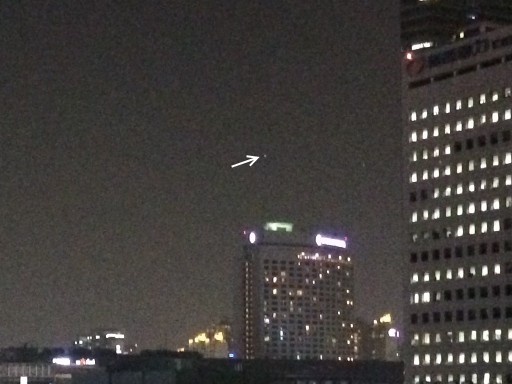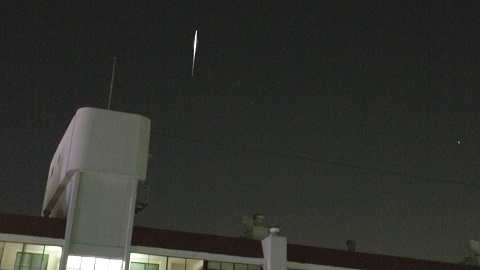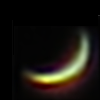Iridium 42 satellite flare
Posted by Wesley onThe Iridium 42 featured in today's "The Toon-Box" was a frame from the series of burst shots I made with iPhone 5S. You can see the video of these shots as this YouTube video.
Device: iPhone 5S
Settings: 30mm - ISO 320 - 1/15s - f/2.2
Filters: None
Time: 2014-01-09 17:55 KST
Location: Seoul, Korea




